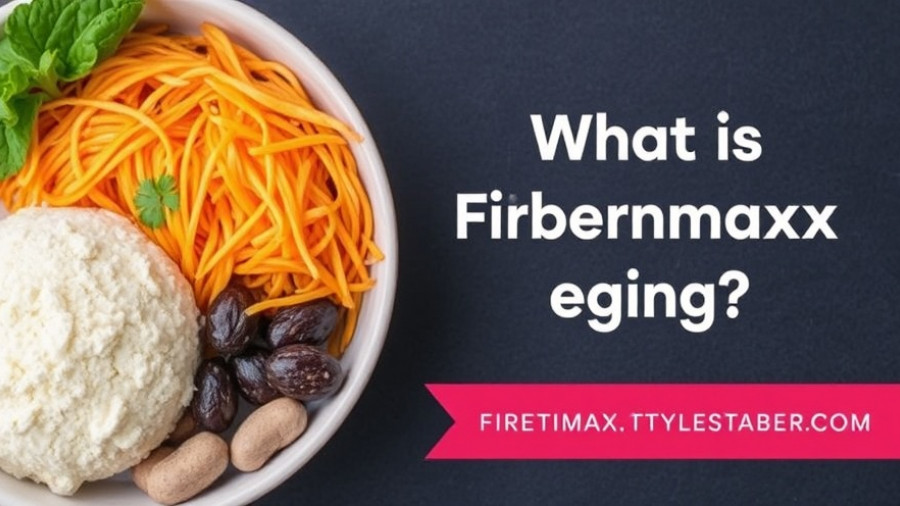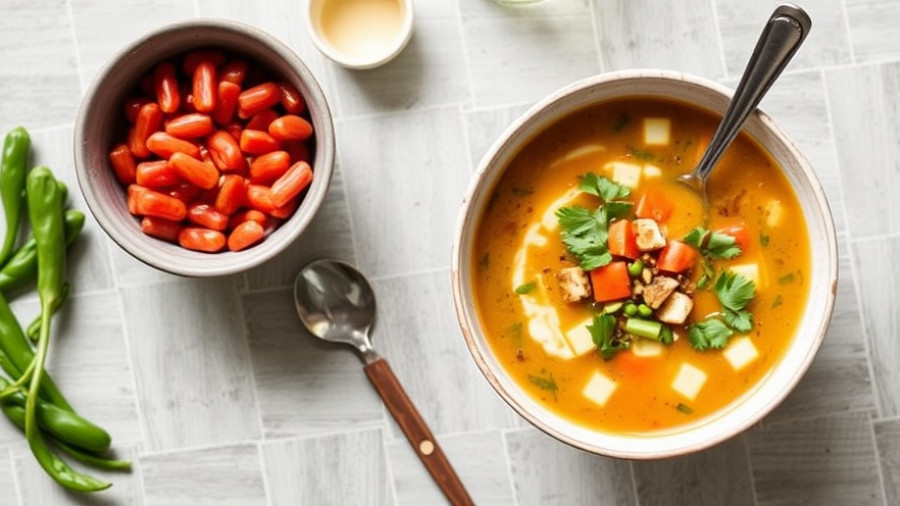
Understanding Emotional Eating During Stress
As many of us find ourselves amidst the chaos of daily life—from work pressures to family responsibilities—the kitchen often becomes a sanctuary for finding relief. Unfortunately, emotional eating can quickly turn from a casual comfort into a problematic cycle that undermines our well-being.
Emotional eating, characterized by turning to food for comfort rather than hunger, can manifest in various forms—stress, boredom, even joy. This complex relationship with food not only serves to distract us from our feelings but can also have physical consequences, especially if it results in overeating. It’s essential to recognize the differences between physical hunger, which develops gradually and tends to be satisfied with a variety of foods, and emotional hunger, which often comes on suddenly and craves comfort foods specifically.
The Cycle of Stress and Unhealthy Habits
Stress is particularly influential in shaping our eating habits. When faced with high-pressure situations, hormonal changes trigger cravings for sugary or fatty foods that promise quick emotional relief. However, this short-lived comfort often leads to feelings of guilt or frustration once the moment passes. Recognizing that this is a response to underlying emotional needs rather than physical hunger is the first step in breaking the cycle.
Strategies for Break the Pattern
Building new coping strategies is crucial for managing emotional eating effectively. Consider pausing to identify your emotions before reaching for food—are you tired, anxious, or just bored? Developing alternative comfort methods such as journaling, talking with a friend, or engaging in a hobby not only helps in reducing reliance on food for emotional support but also fosters healthier habits.
Utilizing Food Tracking Tools
Tools like MyFitnessPal can be valuable allies in this journey. By tracking meals alongside mood and physical hunger levels, individuals gain insights into their eating patterns. Such awareness allows for tailored strategies that address emotional needs more constructively, fostering a healthier relationship with food over time.
Reflecting on Emotional Needs
In understanding why we often reach for food during stressful moments, we can start to create actionable change. Whether you are a busy parent or a senior looking to maintain health, recognizing the emotional triggers that lead to overeating and finding supportive alternatives are essential for well-being. Embracing these insights can transform how we interact with food, contributing to a healthier and more intentional lifestyle.
 Add Row
Add Row  Add
Add 




Write A Comment